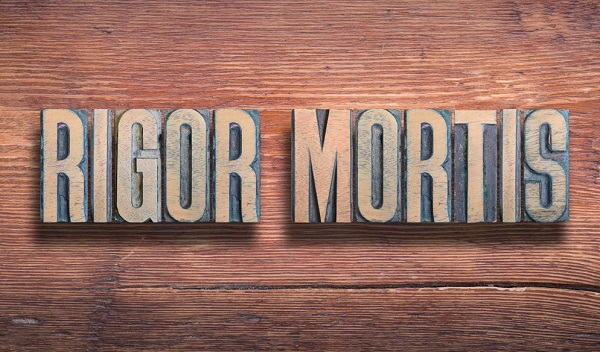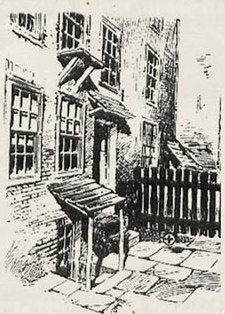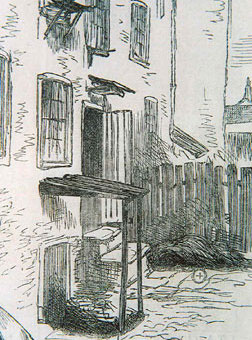Originally posted by Fleetwood Mac
View Post
We do not know whether Elizabeth Long saw Annie Chapman.
We do not know whether Albert Cadoche heard Annie Chapman say no, nor whether he heard her fall against the fence.
We do not know whether John Richardson sat on the second step and cut a piece of leather when he said he did.
But we do know that at about 6.30 a.m., Dr Phillips examined Annie Chapman and observed that rigor mortis had commenced and her body was almost completely cold.
That evidence suggests that she was killed at 4.30 a.m. or earlier.
The phenomenon of rigor mortis was first described in 1811 by the French physician, P.H. Nysten, but its physiological basis was not discovered until 1945 by Szent-Györgyi (2004). It consists of a sustained contraction of the muscles of the body, which begins at 2–6 hours after death
https://www.sciencedirect.com/topics...y/rigor-mortis
Most textbooks report that most cases of rigor mortis commence between two to three hours after death.
muscular stiffening that begins 2 to 4 hours after death
Rigor mortis usually sets in between two and four hours after death.
At two to six hours: Rigor mortis (stiffening of muscles) will begin.
Rigor mortis begins within two to six hours of death
It begins two to four hours after death
https://www.collinsdictionary.com/di...h/rigor-mortis
Unlike livor mortis, which develops less than an hour from the time of death, rigor mortis begins 2 to 4 hours after death
When it happens, it indicates that deaths had occurred from 2-4 hours ago.
https://www.researchgate.net/publica...f_Rigor_Mortis
This stiffness, known as rigor mortis, occurs about two to six hours after death.
Rigor mortis starts to develop 2–4 hours after death
Role of Rigor Mortis in Assessment of Time Since Death
medicopublication.com
Typically, the onset of rigor mortis begins at approximately 2 to 6 hours after death
https://journals.sagepub.com/doi/ful...00985816629720
Rigor mortis happens within two to seven hours after death.
It begins two to four hours after death










Comment